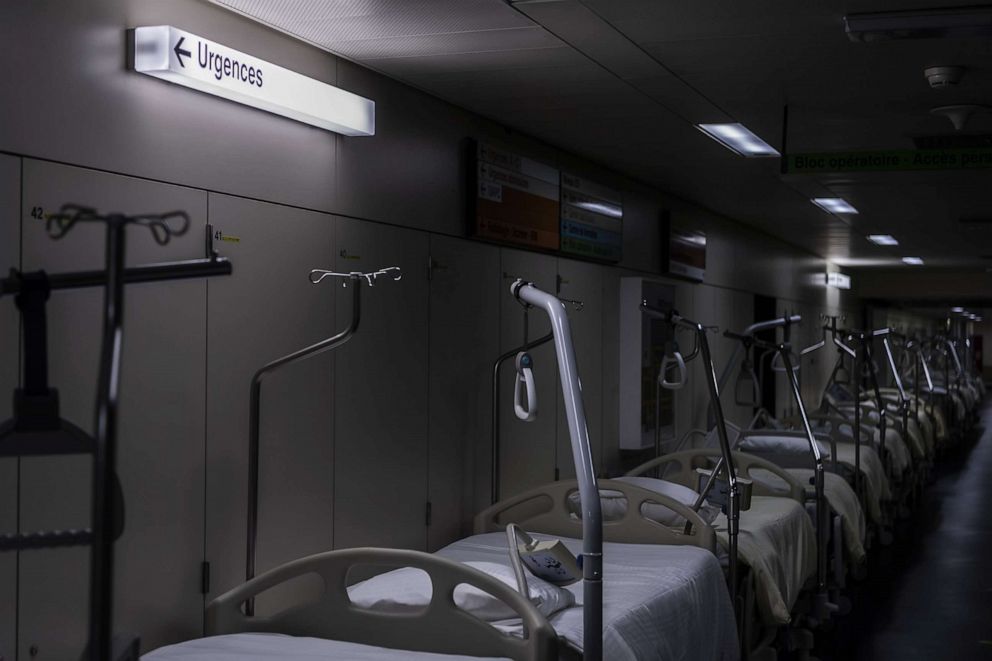Photos show how COVID-19 spike puts pressure on medical systems
As the world grapples with a surge in COVID-19 cases, the pressure on medical professionals intensifies.

There are more than 54 millions cases worldwide. The United States is one of the worst affected countries, with more than 11 million cases and at least 246,500 deaths. Hospitals again are working to expand ICUs and handle an influx of seriously ill patients. November is on track to become the country's worst month on record for COVID-19 cases.

Although vaccines from Moderna and Pfizer are showing promise, it will be many months before enough people can be vaccinated to have an impact and protect health care workers.
The U.S. is hitting record numbers of daily cases is heading toward an average of over 1,000 deaths a day. El Paso, Texas, has ramped up to handle the amount of people who have died. Inmate volunteers began helping hospitals move bodies to refrigerated trailers, and medical professionals from the military have been providing support to the Federal Emergency Management Agency.

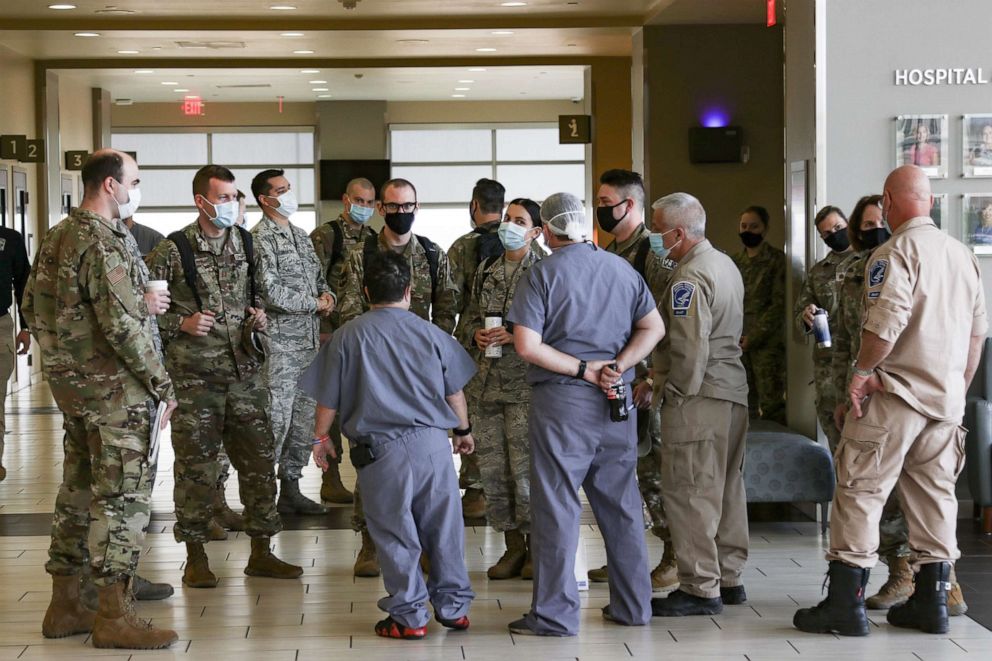
Images show long lines at drive-thru testing sites in cites across the United States, from Los Angeles to Madison, Wisconsin.
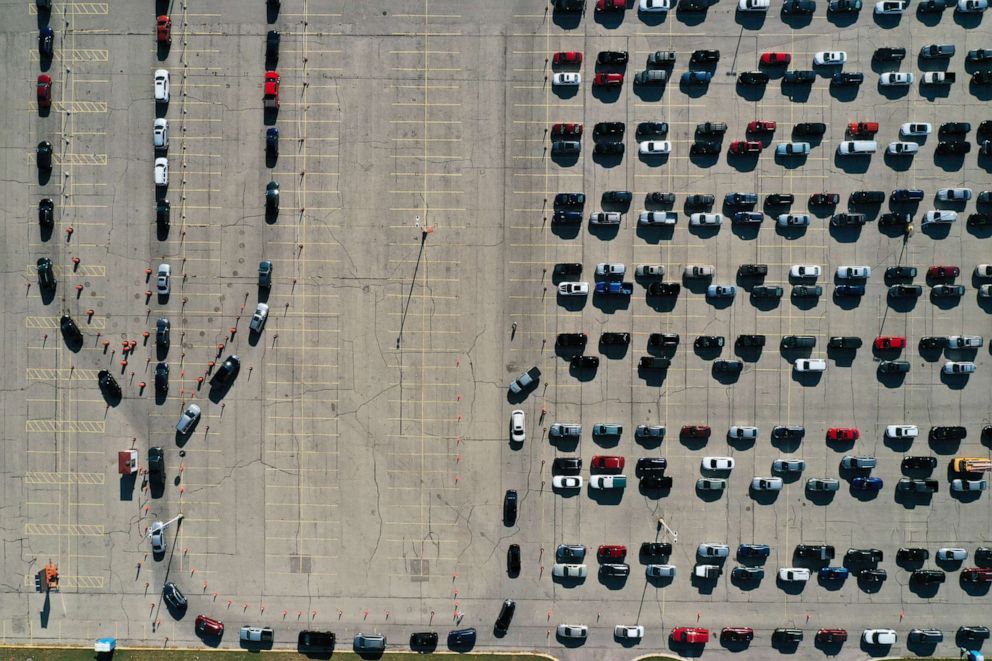
Field hospitals are being constructed to help with the overflow of patients in many cities, including Milwaukee and Worcester, Massachusetts.
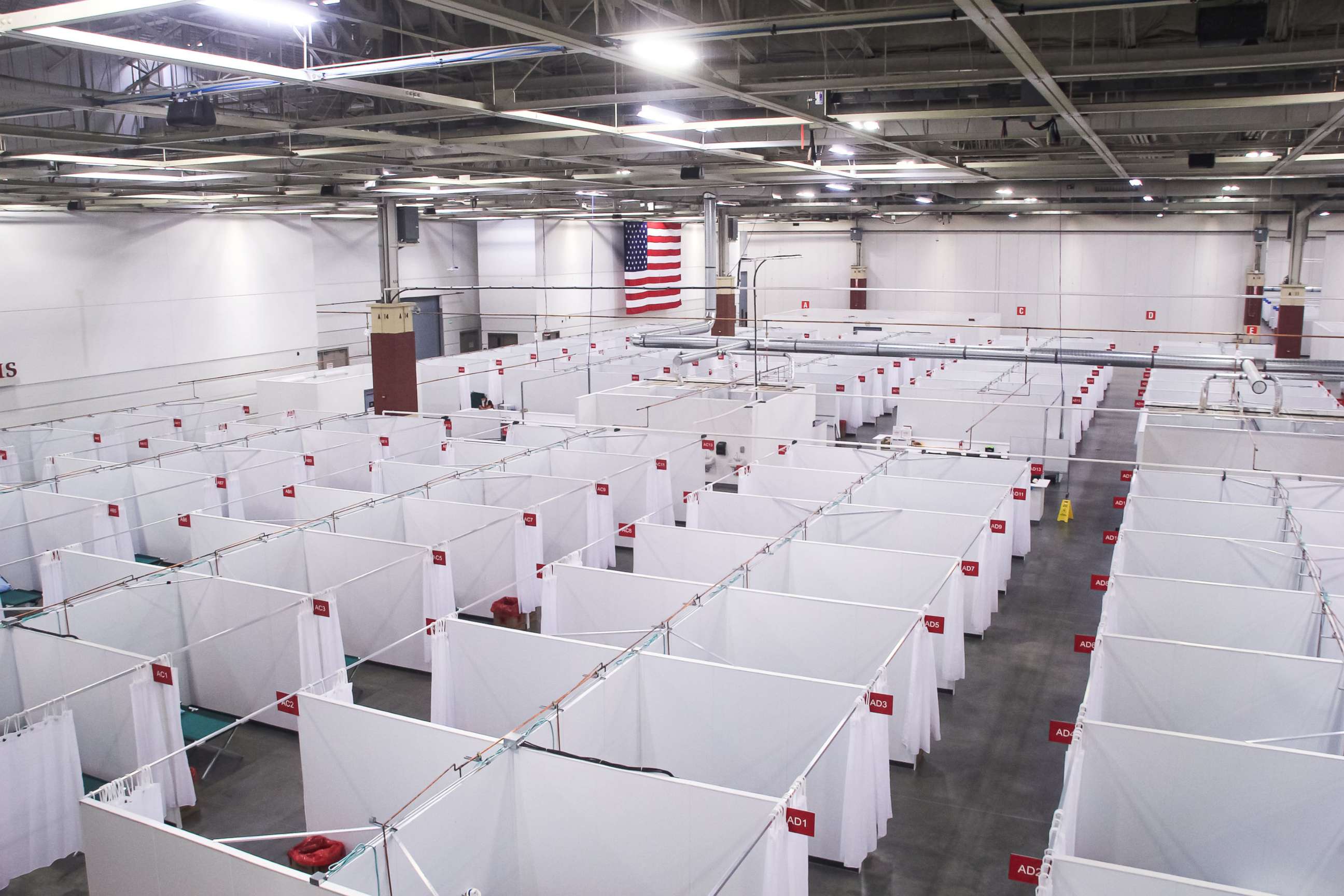
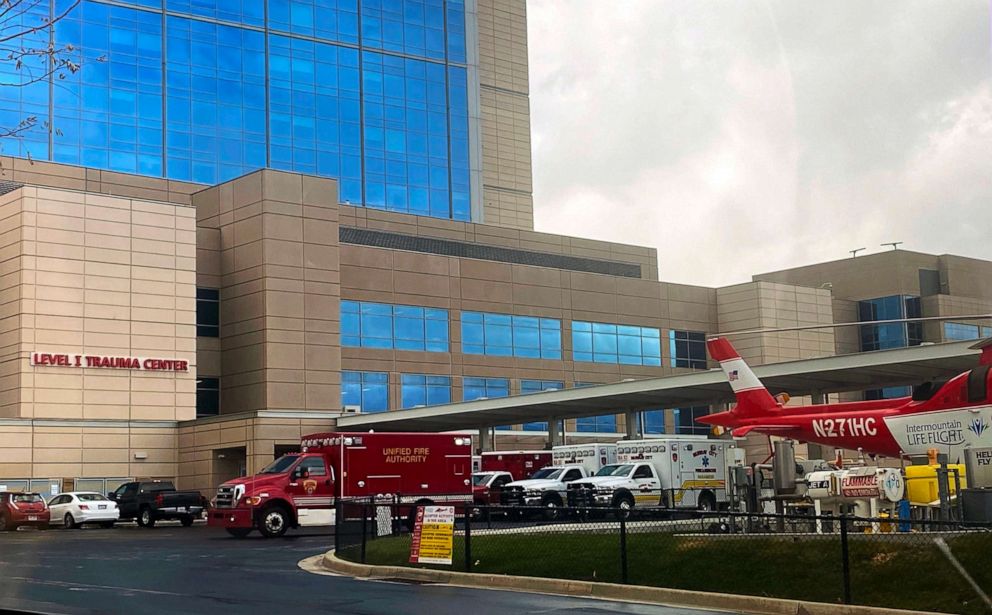
Utah hospitals are expanding their ICU beds as capacity surges above 85%, nearing a crisis mode. “We are committed to doing whatever it takes to avoid crisis mode,” Dr. Mark Ott, medical director of Intermountain Health Center, told ABC affiliate KTVX in Salt Lake City. “Who gets what beds and who gets what resources?” Ott asked. “That’s the point we never want to be in because that is a rationing of care.”
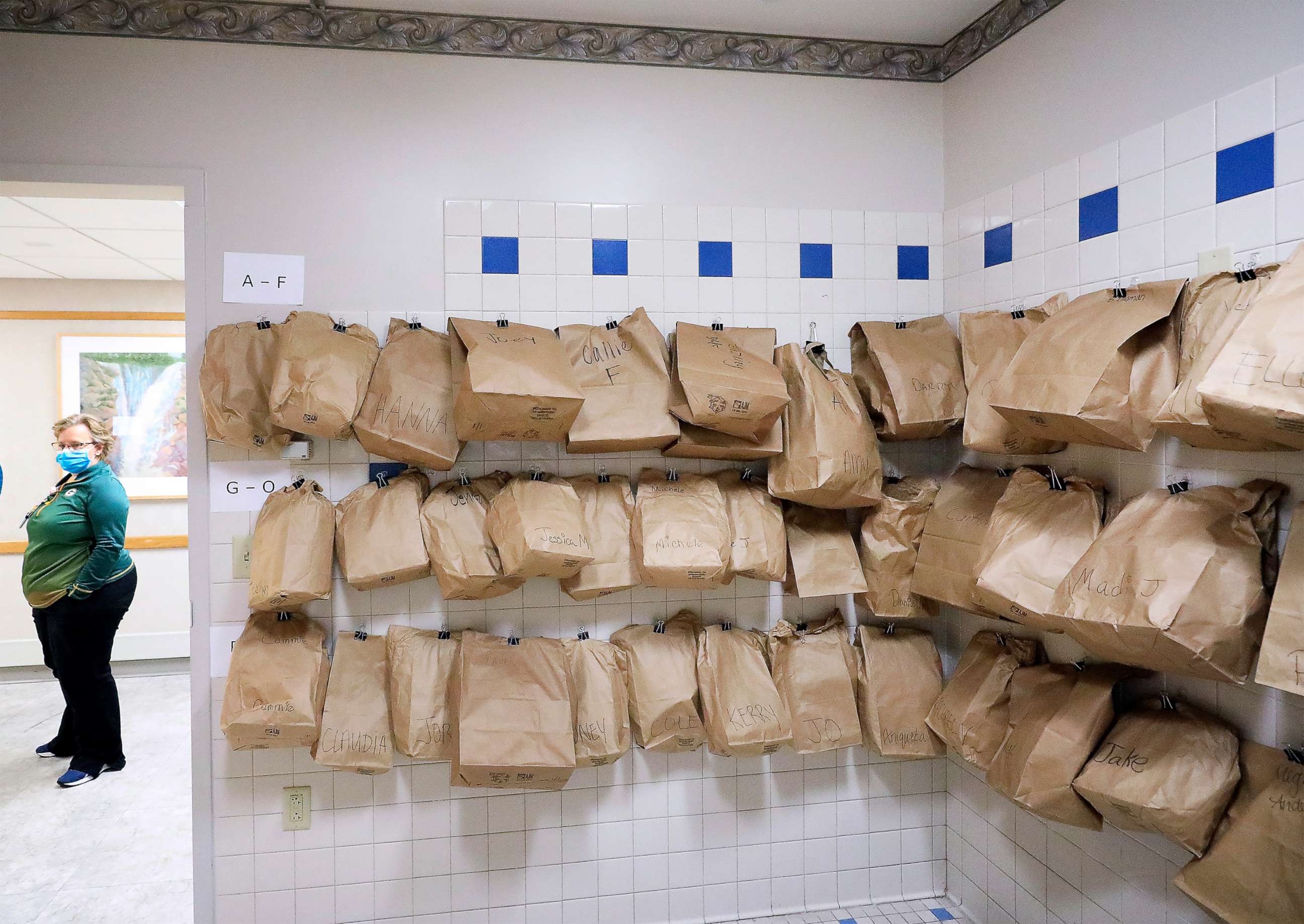
Once again, nurses and doctors are reusing masks and reporting shortages of personal protective equipment.
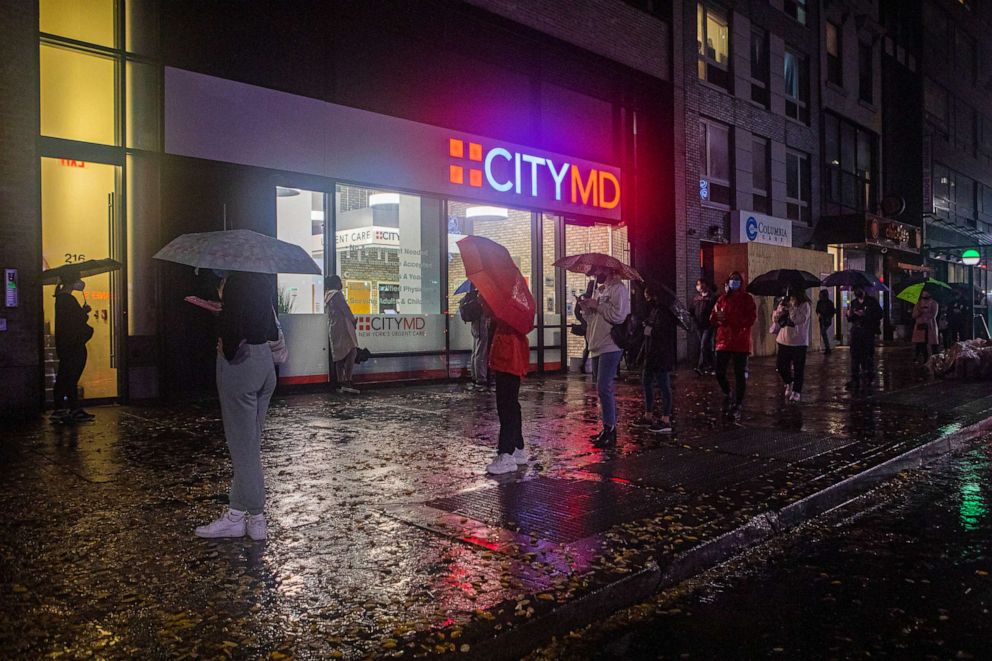
States are increasing restrictions and considering a return to lockdowns. New York City, where cases surged early in the pandemic, is threatening to close down schools as the infection rate nears the 3% threshold.
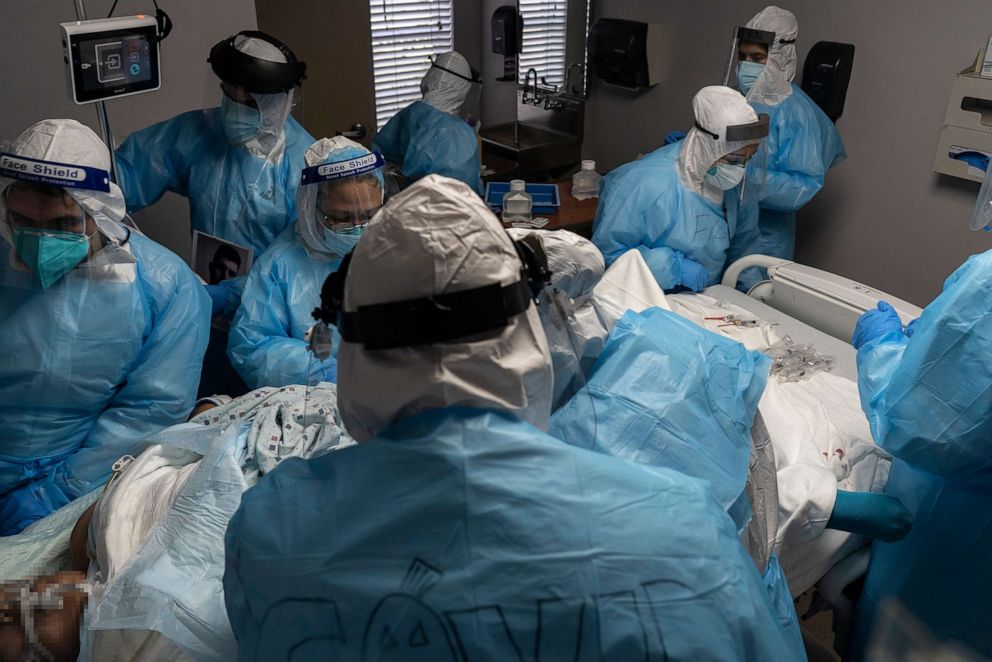
Nearly 70,000 people are hospitalized in the U.S. The virus continues to disproportionally impact Americans of color.

Although treatment has improved, doctors and nurses are struggling to keep up as patients fill the hospitals.
The U.S. is not alone, as cases resurged in Europe and Russia and continue to rise in India and parts of South America.
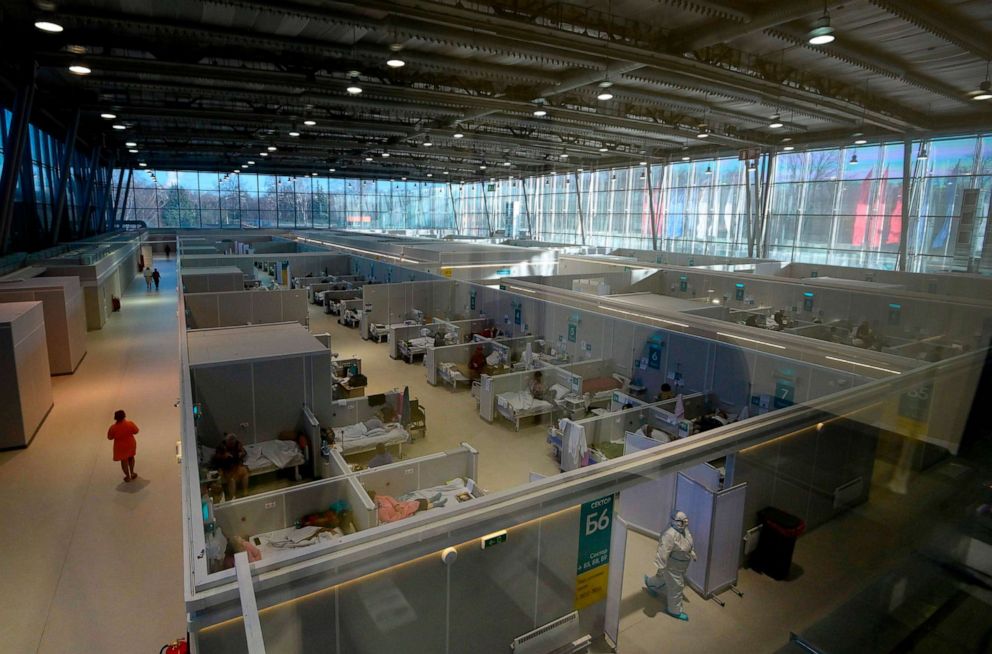
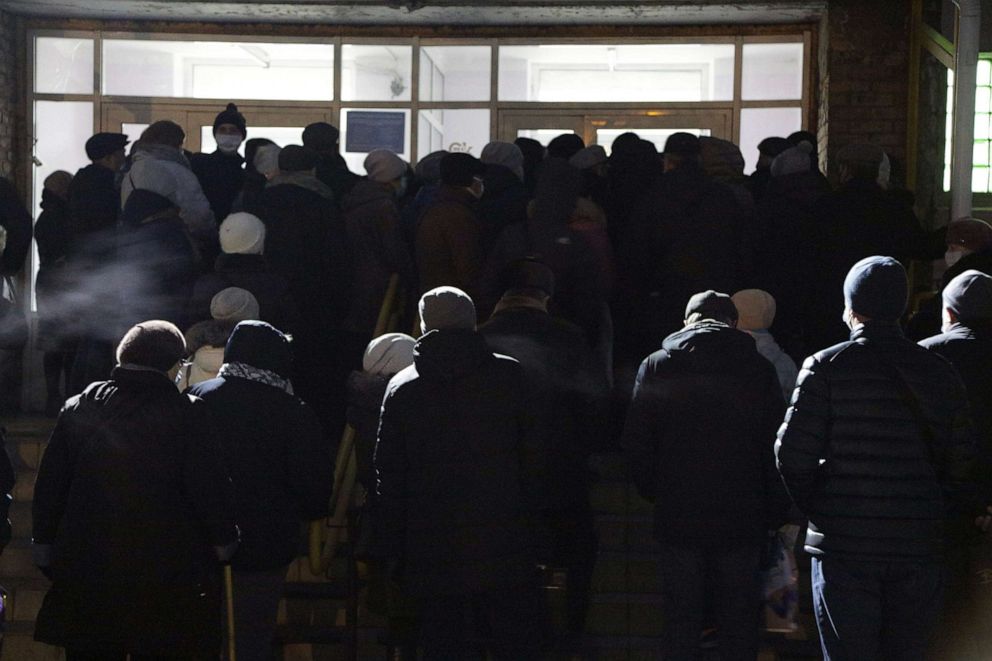
In Moscow, a convention center has been transformed into a temporary hospital for patients suffering from the virus. And in Omsk, Russia, waiting rooms overflowed, leaving people to wait outside.
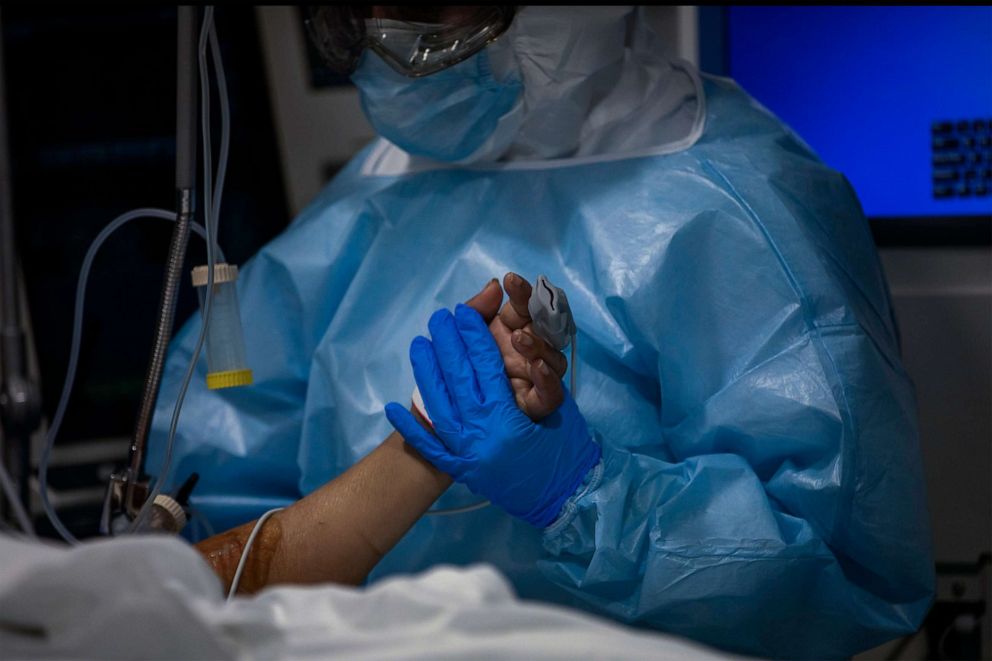
In Spain, one of the hardest hit countries in the spring, ICUs once again filled up, and the government reimposed restrictions, helping relieve some of the pressure on the hospitals.
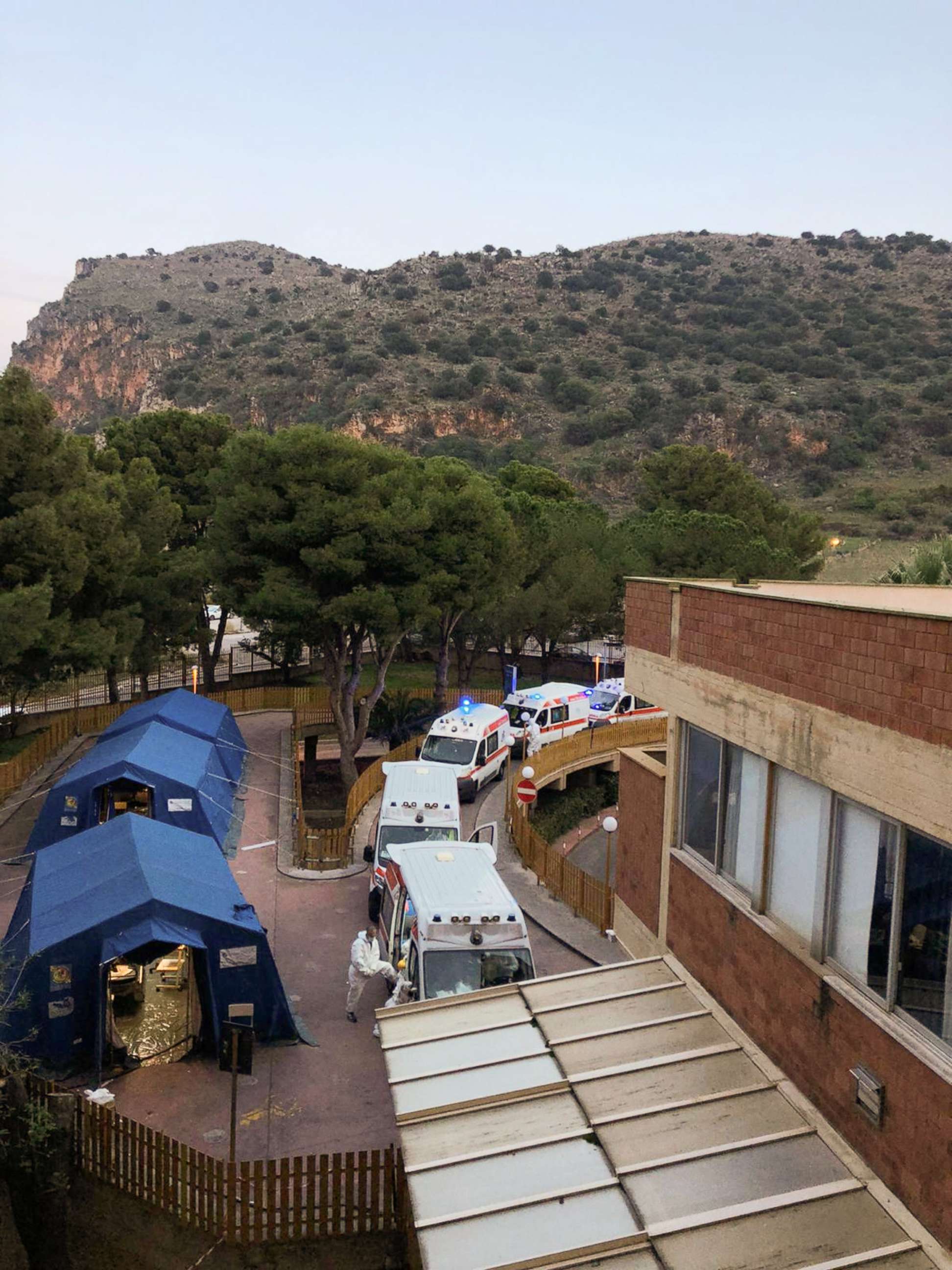
As lines of ambulances and cars with patients lined up outside hospitals in Italy, medical staff attended to sick patients as they waited in their cars, with some being administered oxygen.
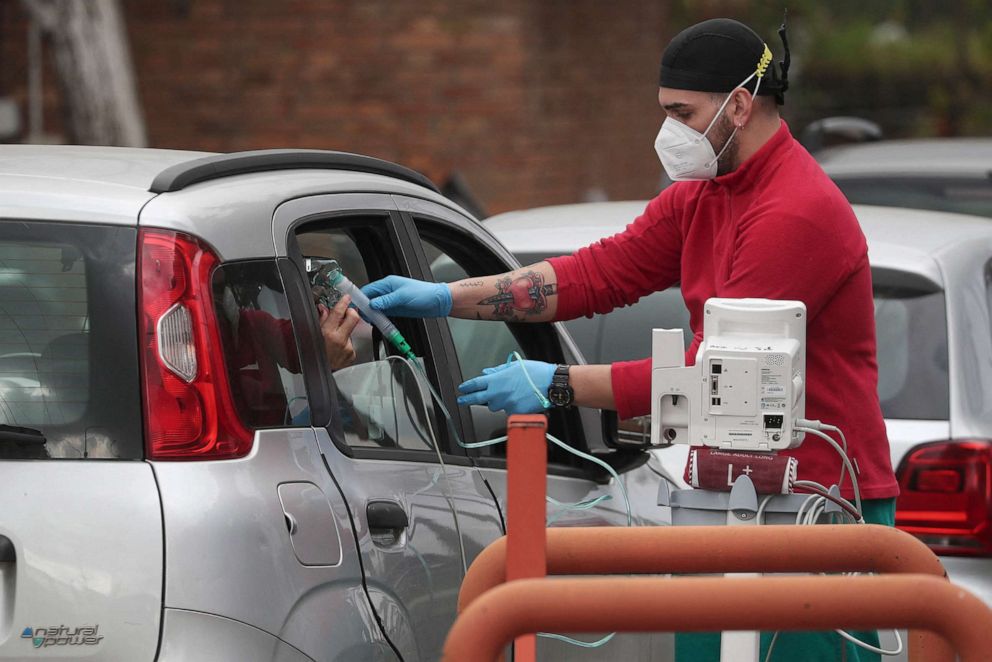
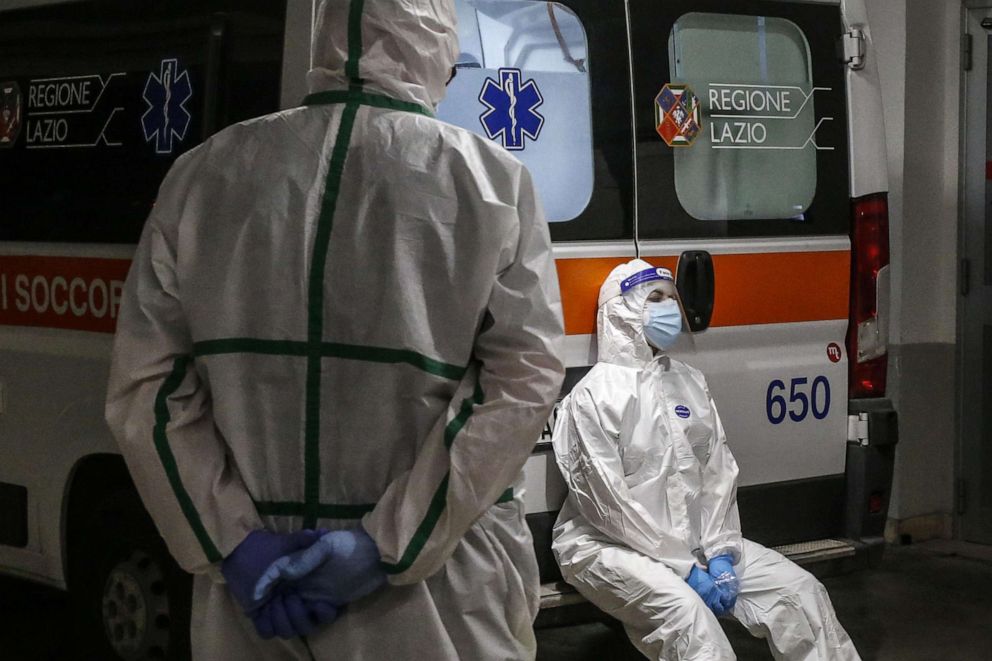
Health care workers once again held demonstrations to urge their governments to increase staff and provide protective equipment to meet the increase in demand.
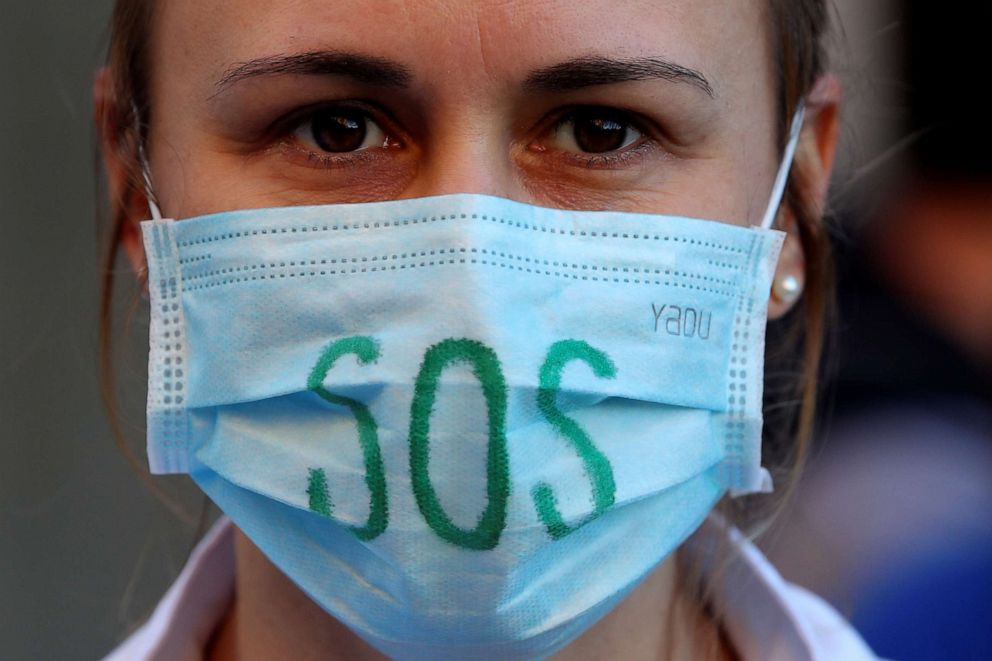

In Liverpool, England, where deaths surged in October and lockdowns resumed, soldiers were called to help with the first citywide trial of coronavirus testing in an attempt to prevent hospitals becoming overwhelmed.
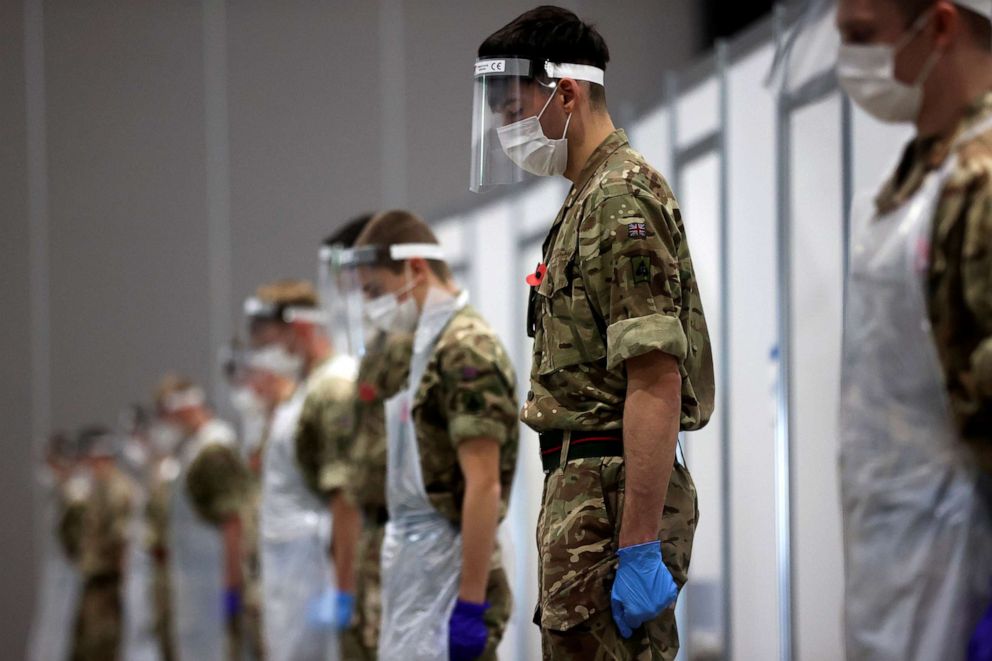
Switzerland was preparing for a second wave as cases surged in Europe and the Associated Press reported 32 cases among the staff working at the World Health Organization's headquarters in Geneva, where even the most strict hygiene protocols were not enough to spare employees from the raging pandemic.
